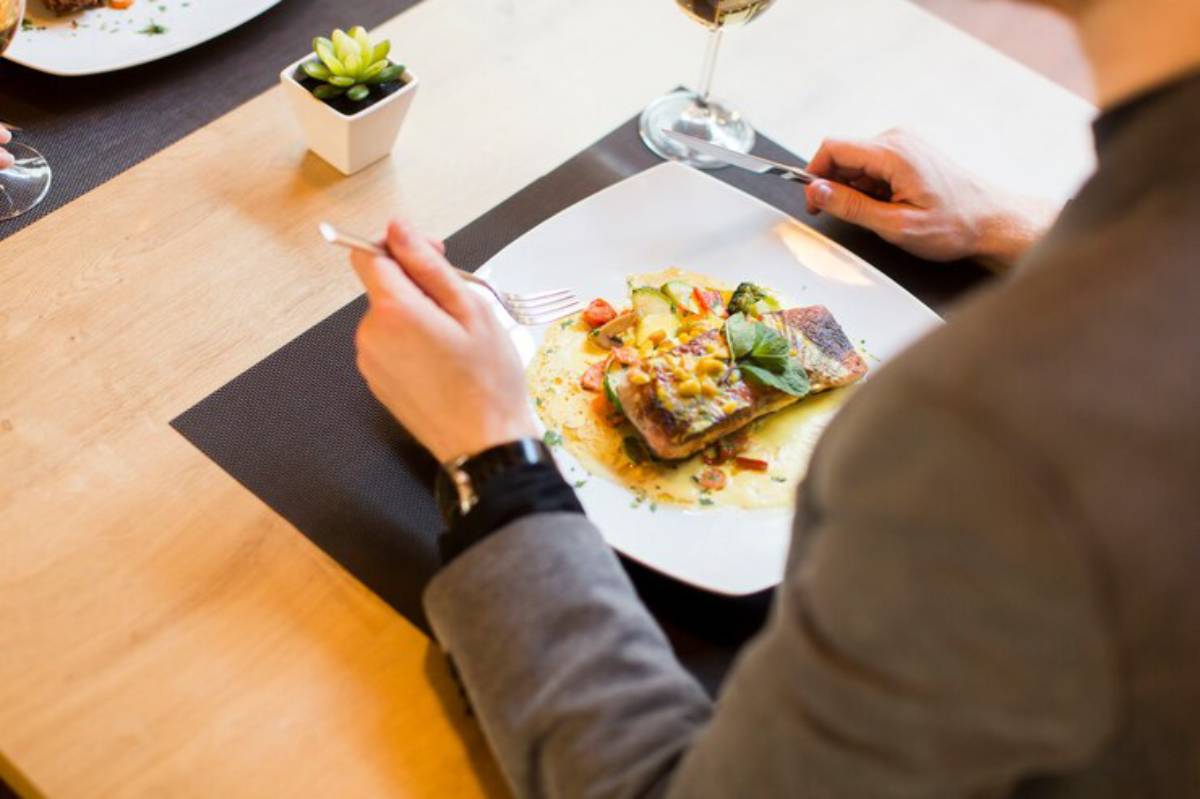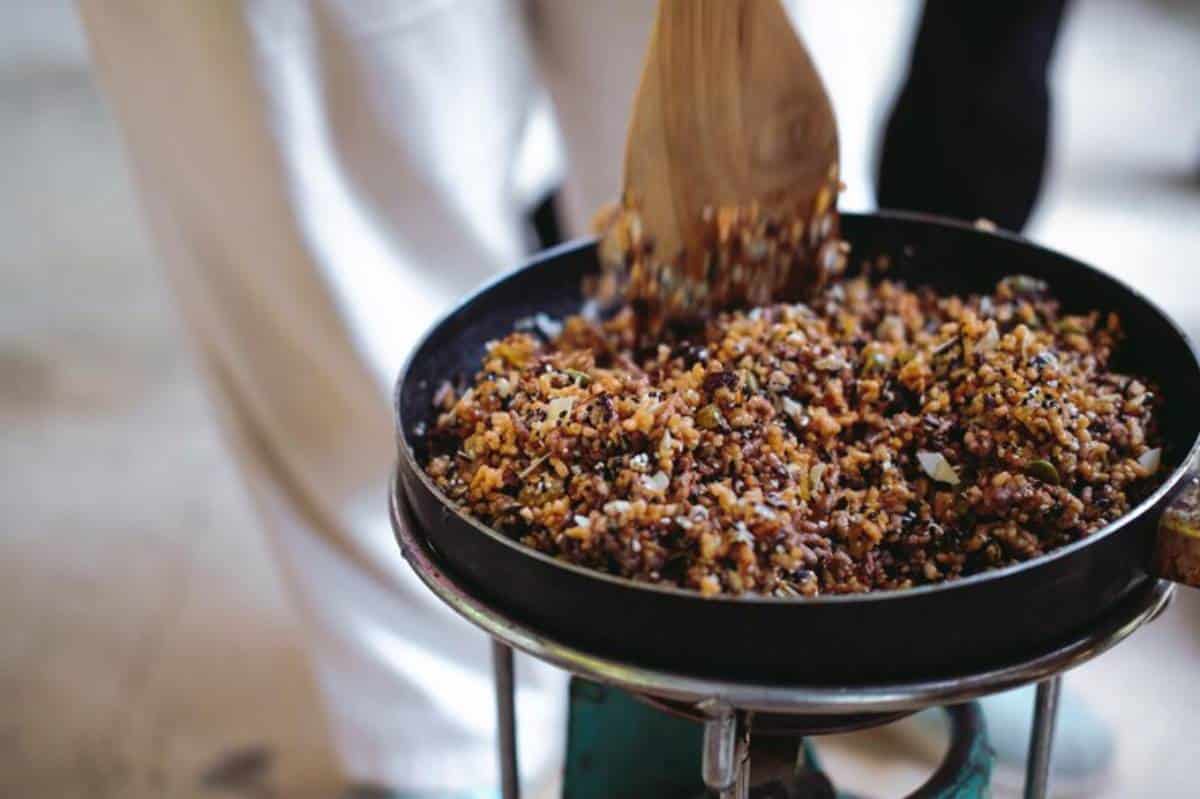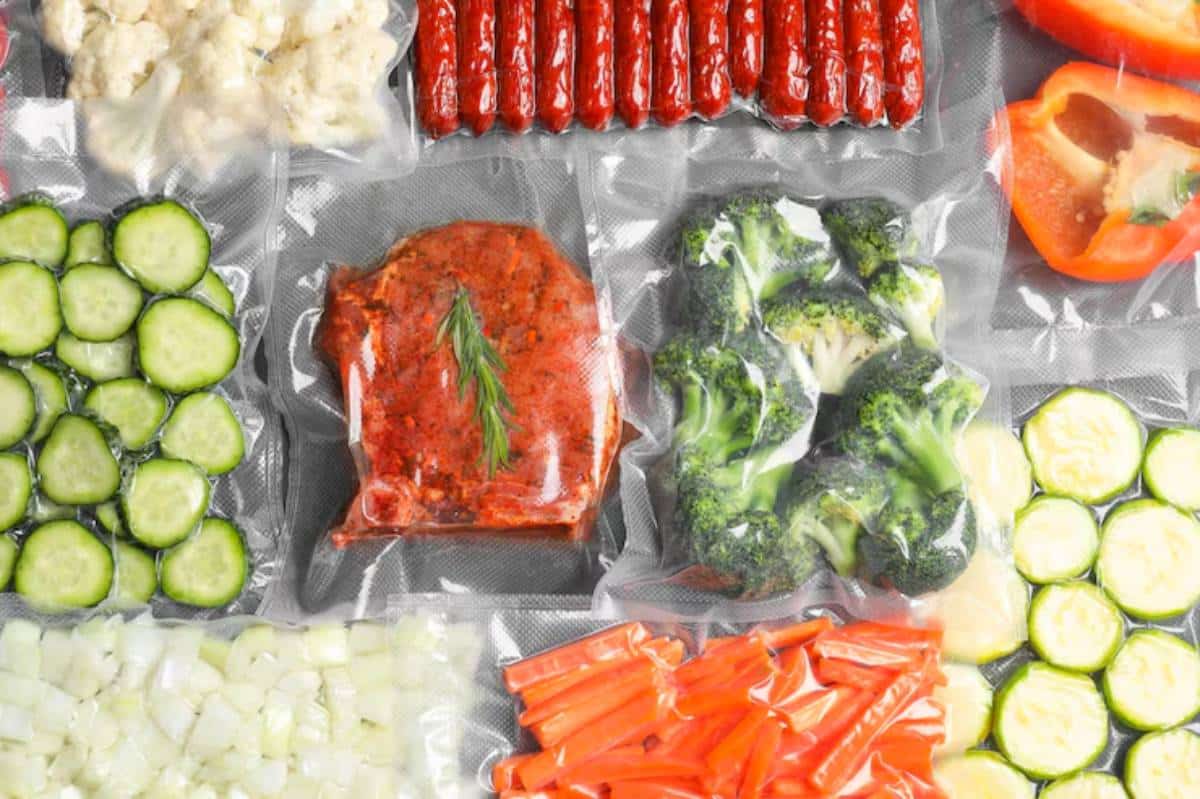
Gourmet Vegetables with Sous Vide
We often think of sous vide as a secret weapon for cooking the perfect steak or tender chicken breast. But if you stop there, you’re missing one of the most transformative aspects of this technique: sous vide vegetables. When you want carrots that are deeply sweet, asparagus that stays vivid and crisp, or beets that taste like they were just pulled from the earth, sous vide is the tool to get you there.
Too often, vegetables get rushed in boiling water or forgotten in a steamer basket, leaving them limp, bland, or unevenly cooked. But sous vide changes the game. By locking in flavour and cooking with precision, you can elevate humble veg into gourmet vegetarian cooking that genuinely impresses. Whether you’re building a plant-based menu or seeking a tender vegetable recipe that actually celebrates your ingredients, sous vide is the technique you didn’t know you needed — until now.
This guide will help you understand how sous vide works for vegetables, explore the best varieties to start with, and show you how to build flavour with intent. Along the way, you’ll find real-world insights, culinary ideas, and the kind of practical know-how that brings out the best in every bite.
Why Sous Vide Works So Well for Vegetables
Precision and control in every bite
Vegetables vary wildly — some are fibrous and dense, others are delicate and watery. Yet most traditional cooking methods apply the same aggressive heat to all. With sous vide, you can tailor the temperature and time to the unique needs of each vegetable.
- Carrots and beets: Cook at higher temperatures to soften their firmness without destroying their flavour.
- Green beans and asparagus: Lower temperatures preserve snap, colour, and freshness.
- Onions and fennel: Slow cooking draws out sweetness without turning them mushy.
Sous vide doesn’t just cook veg — it respects it.
Flavour retention and enhancement
When you boil vegetables, flavour often goes down the drain with the water. Steaming helps, but it’s still a compromise. Sous vide, on the other hand, seals in natural sugars, aromatic oils, and essential nutrients. Add herbs, butter, or infused oils to the bag, and those flavours are pulled deep into the food during the gentle cooking process.
The result? Carrots that taste like carrots — only sweeter, silkier, and more satisfying.
Choosing the Right Vegetables for Sous Vide
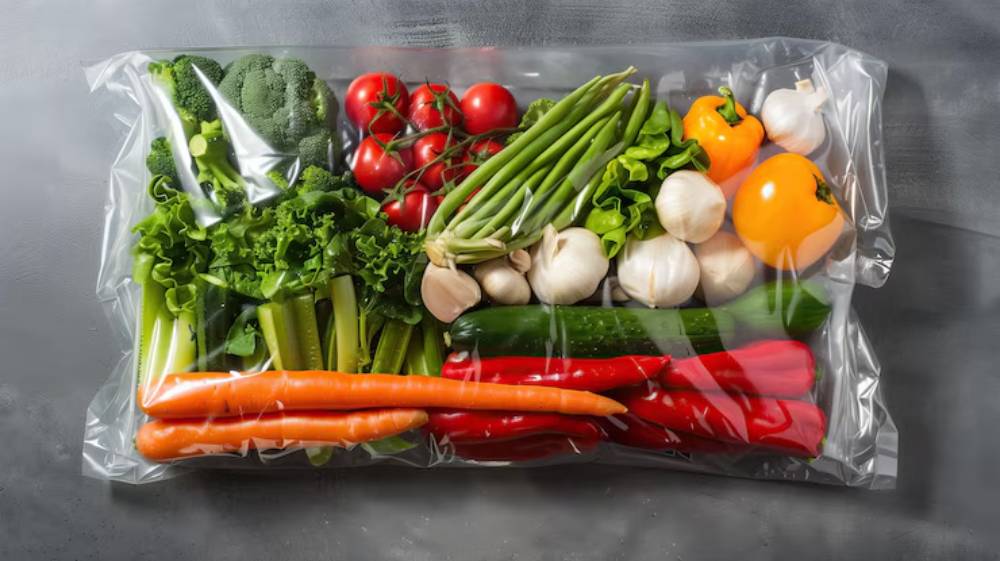
Best vegetables for beginners
If you’re just starting out with sous vide veggies, try these reliable options first:
- Carrots: Become intensely sweet and tender with a bit of butter and thyme.
- Beets: Earthy flavour stays vibrant without leaching into water.
- Asparagus: Maintains its structure and vibrant green hue.
- Green beans: Slight snap, soft bite, with none of the sogginess of steaming.
- Brussels sprouts: Cook through evenly and pair well with finishing glazes.
These vegetables cook consistently, hold up well in vacuum bags, and benefit noticeably from sous vide precision.
Vegetables that need a bit of finesse
Some veg are a bit trickier but incredibly rewarding once you get them right:
- Mushrooms: Require dry sealing and careful timing to avoid a rubbery texture.
- Spinach and leafy greens: Better sous vide–finished in butter than fully cooked sous vide.
- Tomatoes: Can be sous vide poached for sauce bases or confits, but require care to prevent collapse.
As you gain confidence, explore new textures and flavours. Just be mindful that every vegetable needs its own temp–time formula for best results.
Mastering Temperature and Time
Each vegetable has a sweet spot — a temperature where it softens just enough without turning mushy.
Here’s a rough guide to help:
| Vegetable | Temperature | Time |
| Carrots | 85°C | 1 hour |
| Beets | 90°C | 2–3 hours |
| Asparagus | 85°C | 15–20 mins |
| Broccoli | 85°C | 35–45 mins |
| Courgettes | 83°C | 30 mins |
| Green beans | 84°C | 30 mins |
Adjust based on thickness and preference. Longer cooking can bring extra tenderness, but cooking too long and even sous vide veg can damage their integrity.
Seasoning and Infusing Flavour
Simple additions go a long way
Sous vide excels at infusing subtle flavours. Adding aromatics directly to the bag ensures they don’t evaporate or dilute like in traditional methods.
Try these combos:
- Carrots + honey + cumin
- Beets + balsamic vinegar + orange zest
- Green beans + garlic + lemon oil
- Asparagus + butter + fresh tarragon
- Brussels sprouts + miso + sesame oil
Use vacuum-sealed bags or the water displacement method for a tight seal. You’ll be amazed at how much nuance a few basic ingredients can add.
Finishing Techniques: The Final Touch
Don’t forget the post-cooking treatment
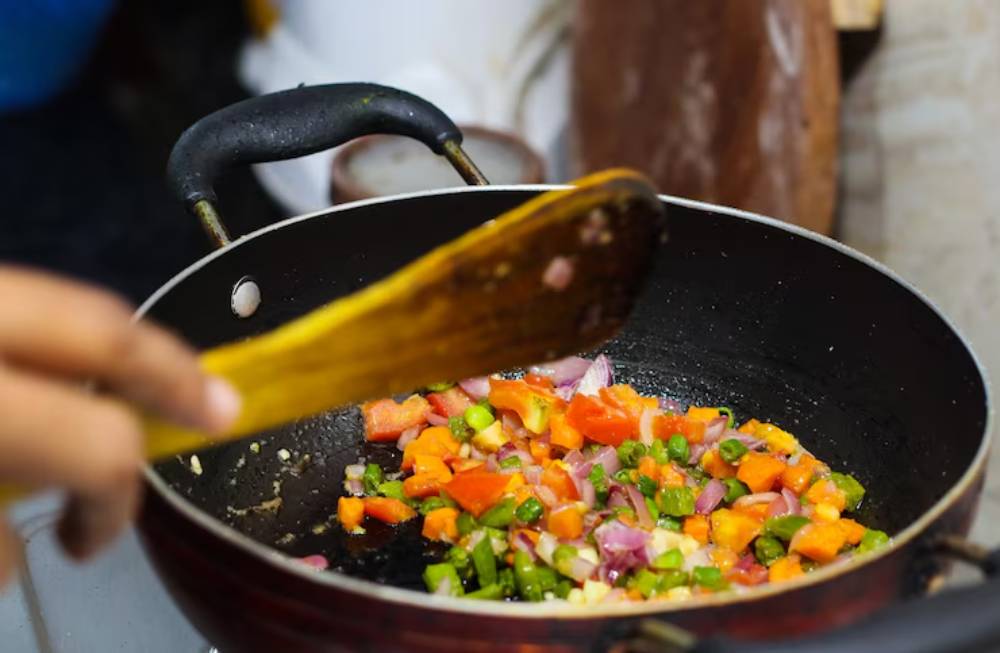
Just like steak benefits from a sear, sous vide vegetables come to life with a finishing touch.
After cooking:
- Sauté briefly: Adds a bit of browning and texture (especially for brassicas or mushrooms).
- Glaze or reduce: Toss in a syrupy reduction for a glossy finish.
- Grill or torch: Gives charred edges for smoky contrast.
- Toss in vinaigrette: Warm vinaigrettes help cling and absorb into the veg.
You don’t need a lot — even 2–3 minutes in a hot pan can elevate a sous vide dish from “well-cooked” to “gourmet”.
Real-Life Scenario: Weeknight Gourmet with No Rush
Imagine coming home at 6 pm after a long day. You’ve got 45 minutes to unwind and eat something that doesn’t feel like settling.
Here’s what sous vide lets you do:
- You grab the bag of carrots you vacuum-sealed the night before with a little butter and thyme.
- You drop them into the preheated water bath.
- You pour a glass of wine, change into something comfy, and put on music.
- 45 minutes later, the carrots are fork-tender and taste like something you’d expect at a bistro.
With sous vide, gourmet vegetarian cooking doesn’t need to be fussy. It just needs a little forethought — and the right technique.
For even better flavour contrast, try pairing your sous vide vegetables with rich textures like those found in compound butters. It’s a simple way to add restaurant-style flair to a weeknight plate.
Meal Prep and Batch Cooking with Sous Vide Veggies
Big flavour, small effort
One of the underrated benefits of sous vide is how easy it makes batch prep. You can cook large quantities of vegetables, chill them in an ice bath, and store them in the fridge for up to a week.
This is especially helpful if you:
- Follow a vegetarian or plant-forward diet
- Want to avoid last-minute cooking
- Are building balanced meals across a busy workweek
And unlike microwaved veg or day-old roasted roots, sous vide veggies retain their texture and taste — even when reheated.
You can reheat them quickly in a hot pan or return the bag to a 60°C bath for 10–15 minutes. No mush, no fade — just deliciousness on repeat.
If you’re exploring broader batch-cooking strategies, there’s a helpful walkthrough in sous vide for meal prep: a week of flavour that pairs perfectly with these ideas.
Using Sous Vide Vegetables in Full Meals
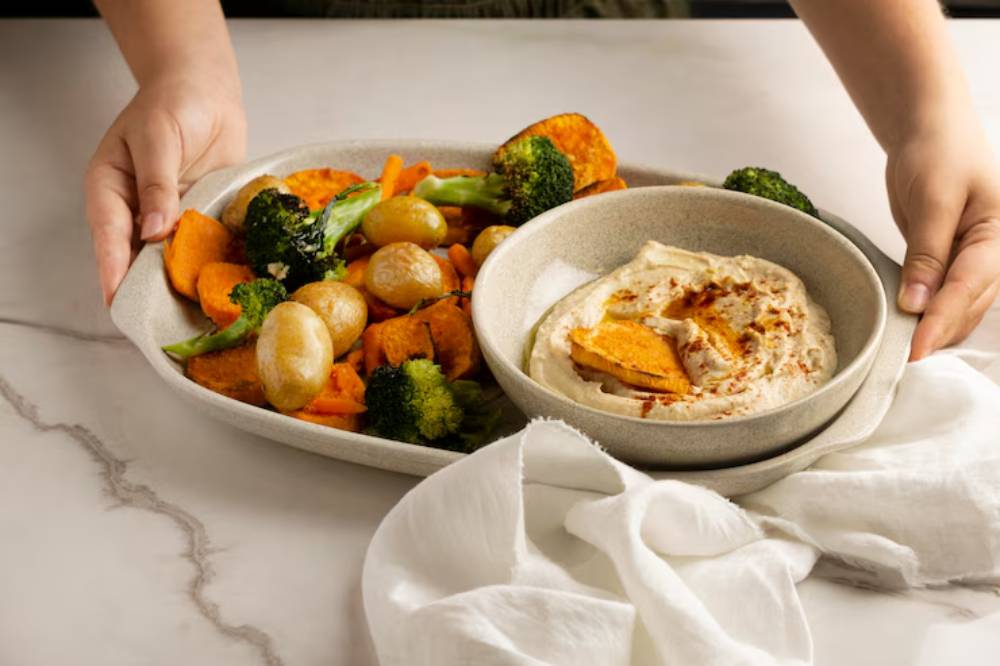
Sous vide vegetables aren’t just sides — they can be centrepieces too.
Consider:
- Beetroot and goat cheese salad: Cooked sous vide beets sliced over rocket with crumbled cheese and toasted walnuts.
- Carrot puree: Blended with butter and ginger after sous vide, served under roast cauliflower or tofu.
- Asparagus tart: Spears layered with ricotta on puff pastry.
- Brussels sprouts stir-fry: Pre-cooked sprouts tossed with garlic, soy, and chilli in a hot wok.
- Green bean almondine: Butter-glazed beans with toasted nuts and lemon zest.
Let the technique do the hard work. You just plate and enjoy.
Conclusion: Why Gourmet Veg Starts with Sous Vide
Vegetables deserve more than the afterthought treatment. They offer a rainbow of flavours, textures, and natural sweetness — if only we cook them with the attention they deserve. Sous vide gives you the precision and consistency to do exactly that.
From humble carrots to vibrant asparagus, sous vide veggies become something more: silkier, brighter, and bursting with flavour. It’s the kind of transformation that turns side dishes into stars, and turns everyday meals into something a little more special.
So whether you’re new to tender vegetable recipes or ready to embrace gourmet vegetarian cooking, start here. Your vegetables — and your taste buds — will thank you.

